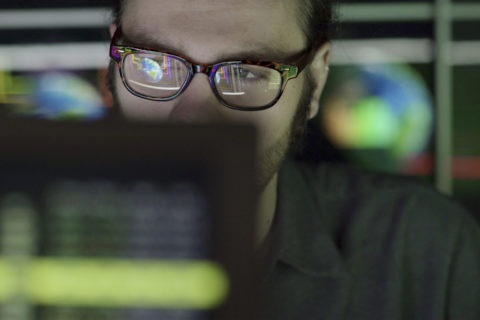Celebrating the launch of our upcoming Qual and Big Data
event, Fusion 2019, ESOMAR is excited to announce the launch of our
Qualitative week. Offering a number of specially curated global qual
impact case studies and qual event impressions through the years, keep
an eye out on Research World and our social media channels (#esomar) for
impressions and great content!
And please enjoy piece one from our RW editorial Qual focus below. Many thanks to all that contributed!
–From your Research World Editors.
Focus groups have been proclaimed dead a thousand times. However, they are still quite vigorously alive, and I strongly suspect that they are here to stay. The only thing sometimes missing is a breath of fresh air – small jolts to break the routines of tried and tested interviewing techniques. In order to achieve this, all we need to do is to get people into a mental state of play.
So why don’t we treat studio spaces more like playgrounds?
We do it in research with children, and we should do it with adults too.
This doesn’t require much methodological hoopla. All you need is a researcher and a designer to sit together and create a few game materials: templates, cards, characters, etc. Want to compare brand perceptions on different criteria? Let people play it out on a race track with toy cars and see who wins each lap. Want to get a sense for participants’ views on your brand’s strengths and weaknesses? Provide them with some custom-made imaginary superhero posters and let them battle it out with their self-created brand characters. Want to find new approaches around how to talk about your brand and product/service features? Create your own set of game cards with bespoke terms and let people play a round of Taboo during a group discussion.
We can also be adventurous and seek inspiration from historical games – for example the much ridiculed Tarot. Strip away the fortunetelling kitsch and you’re left with a deck of archetypal character cards and ‘life challenges’ that can be applied projectively to brand perceptions. If I can see my life’s challenges and potential solutions reflected in archetypal cards – then surely the same can be done for a brand.
Of course, most of these examples could be called projective techniques – but don’t we sometimes frighten people with classical psychological projections such as creating a planet that embodies brand image aspects? The former is very much a task of ‘paint a picture on an empty page’ – in a play approach, we actually create bespoke games with templates, cards and figures and some simple rules. So we are giving people something to actually play with. It makes a huge difference in reducing inhibition and makes people more ready to engage.
The example of the Tarot also shows that we don’t always have to be 100% sure in advance how a particular tool is going to work and what outcome it will provide. We are often too narrowly focused on providing ‘scientific’ proof and explanation to our approaches – when all that is needed is a bit of fun to lighten the mood and create new perspectives. And yes, sometimes also the courage to create a playful atmosphere by way of a few props and then wait for magic to happen.
Humans are sometimes described as ‘homo ludens’ – because differently to most wild mammals our sense of play stays intact throughout our lives. Playing is our primary mechanism of learning – because we can experiment without danger and fear of rejection. So if we can create a playful atmosphere in group discussions, people more readily go beyond default answers, they start questioning their own assumptions about themselves and the world more readily. They are literally allowed to play with possibilities.
Straight up discussion often is a narrowly choreographed affair – people tend to give ‘safe’ answers and we get stuck with what we had already known. Through play, we get people to leave the comfort zone and start thinking about familiar topics in novel ways – and that’s where the magic happens.


